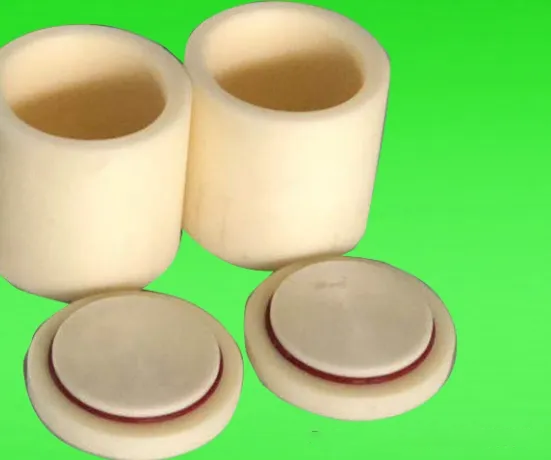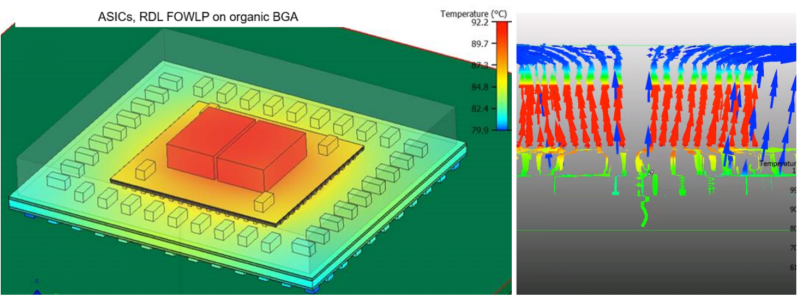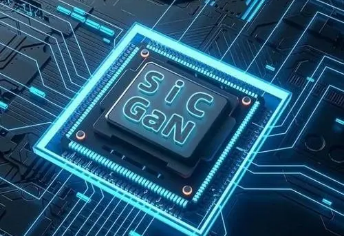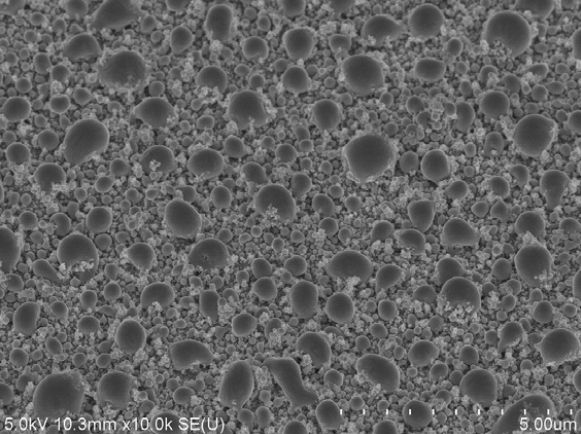Preparation of ceramic slurry: ball milling
Ball milling is a grinding method, mainly through the ball as a medium, the use of impact, extrusion and friction to achieve the crushing of materials. In this process, the grinding ball endowed with kinetic energy moves at high speed in the sealed container, colliding with the material, so that the material is broken and divided into smaller particles after the impact, so as to achieve the effect of fine grinding.
Ball mill mainly relies on ball mill to achieve, this machine is widely used in many industries, such as cement, silicate products, new building materials, refractories, fertilizers, non-ferrous metal processing and glass ceramics. According to different needs and material characteristics, ball mills can be divided into a variety of types, such as dry and wet grinding methods, as well as lattice type and overflow type. In addition, for laboratories, there are common equipment such as drum ball mills, planetary ball mills and vibrating ball mills. In the process of ball milling, it is very important to select the appropriate grinding ball material, size and filling rate, as well as to control the parameters such as the speed and time of the ball mill. The selection of these parameters will directly affect the grinding effect, energy consumption and the service life of the equipment. Therefore, the best grinding effect can be obtained by optimizing the milling process parameters.
The ball grinding process precautions:
1, choose the right grinding ball: the material, size and quantity of the grinding ball have a great impact on the grinding effect. In general, the hardness of the grinding ball should be slightly higher than the ceramic raw material, and the size is selected according to the size of the raw material particle and the volume of the ball mill.
2, control the grinding time and speed: too long grinding time and too high speed may lead to excessive wear of the grinding ball and ceramic raw materials, generate too much heat, thus affecting the performance of the slurry. Therefore, it is necessary to choose the appropriate grinding time and speed according to the specific situation.
3, regular inspection and replacement of the grinding ball: regularly check the wear of the grinding ball, timely replacement of serious wear of the grinding ball, in order to maintain the grinding efficiency of the ball mill.
Effect of ball milling on ceramic slurry mixing
1. Improve the mixing uniformity: During the ball milling process, the high-speed rotation and impact of the grinding ball make the ceramic powder and the premixed liquid fully mixed, thus improving the mixing uniformity of the ceramic slurry. This helps to eliminate concentration gradients and component deviations in the slurry, so that the ceramic particles are evenly distributed in the slurry.
2. Refining ceramic particles: The impact and friction during ball milling not only help to mix, but also to refine ceramic particles. The refined ceramic particles have a larger specific surface area and better dispersion, which helps to improve the performance and uniformity of ceramic products.
3. Improve slurry fluidity: During the ball milling process, the dispersant on the surface of the ceramic particles can better cover the surface of the particles under the impact and agitation of the ball, forming a double electric layer, so that the repulsive force between the particles is generated. This helps reduce agglomeration and settling between particles and improves the fluidity and stability of the slurry.
4. Improve the stability of the slurry: During the ball milling process, the dispersant in the premix liquid forms a double electric layer on the surface of the ceramic particles, which helps to prevent agglomeration and settlement between the particles, thereby improving the stability of the slurry. A stable slurry is easier to operate and control during subsequent processing.
5. Affect the viscosity of the slurry: the milling time has a certain effect on the viscosity of the slurry. At first, with the extension of milling time, the viscosity of the slurry may gradually decrease, but too long milling time may lead to the accumulation of heat generated by mechanical friction, so that the polymer will curl and intertwine, thereby increasing the viscosity of the slurry. Therefore, it is necessary to reasonably control the milling time to obtain the best slurry viscosity.
6. Promote the reaction of ceramic raw materials: In some cases, the ball milling process can also promote the chemical reaction between ceramic raw materials. Through high-energy ball milling, the contact area between the reactants can be increased, the reaction kinetics conditions can be improved, and the chemical reaction can be accelerated.

Factors that should be considered in the use of ball milling process
1. Material characteristics: First of all, a detailed analysis of the material to be ground, including its hardness, density, brittleness, toughness and other physical characteristics. These characteristics will directly affect the grinding process of the grinding ball selection, speed setting, grinding time determination and other parameters.
2. Choose the right grinding ball: the material, size and filling rate of the grinding ball have an important impact on the grinding effect. In general, the hardness of the grinding ball should be slightly higher than that of the material to avoid excessive wear. The size of the grinding ball should be selected according to the size of the material particle and the volume of the ball mill to achieve the best grinding effect. At the same time, the filling rate also needs to be moderate, too high filling rate may lead to too frequent collisions between grinding balls, reducing grinding efficiency.
1) Grinding ball material:
Hardness: The hardness of the mill ball should be higher than or at least equal to the hardness of the material to be ground to ensure that the mill ball can effectively break and grind the material. If the ball is too hard, it will be worn by the material, which will not only reduce the grinding efficiency, but also introduce impurities. o o
Wear resistance: The ball needs to have good wear resistance to extend its service life. Wear resistance is usually related to the hardness and mechanical properties of the material. o o
Density: The density of the mill ball is also an important consideration. The high-density grinding ball can provide greater impact force and energy, thus improving grinding efficiency. o o
Corrosion resistance: If the material to be ground is corrosive, the grinding ball needs to have corresponding corrosion resistance to avoid damage during use.
Cost: The cost of grinding balls of different materials varies greatly. In the selection, it is necessary to consider the grinding effect, cost and economic benefits.
2) Ball size:
Material size: The size of the grinding ball should match the size of the material to be ground. If the size of the material is large, a larger grinding ball should be selected; On the contrary, for smaller materials, you can choose a smaller grinding ball.
Grinding effect: Different sizes of grinding balls have different roles in the grinding process. The large ball is mainly used for rough grinding, which can provide greater impact force and crushing capacity; The ball is more suitable for fine grinding, which can disperse and grind the material more evenly.
Load: The load of the mill ball is also a factor in selecting the size of the mill ball. Too much grinding ball may lead to overload of the ball mill, reducing grinding efficiency; Too few grinding balls may not provide enough grinding energy.
3. Adjust the speed of the ball mill: The speed of the ball mill has a great impact on the grinding effect. In general, the appropriate speed can improve the impact frequency and grinding efficiency between the mill ball and the material. However, too high a speed may cause the collision between the mill ball and the cylinder wall to intensify, generating excessive heat and wear. Therefore, it is necessary to choose the appropriate speed according to the characteristics of the material and the design of the ball mill.
4. Control grinding time: The length of grinding time directly affects the grinding effect. Too short a grinding time may result in inadequate material grinding, while too long a grinding time may waste energy and reduce equipment life. Therefore, it is necessary to reasonably control the grinding time according to the hardness of the material, the size and speed of the grinding ball and other factors.
5. Optimize the cooling and circulation system: During the grinding process, the heat generated by friction may cause thermal damage to the material and the mill ball. Therefore, it is necessary to set up a proper cooling system to reduce the temperature. At the same time, the circulation system also helps to maintain the uniformity and stability of the slurry and improve the grinding effect.
Fountyl Technologies PTE Ltd, is focusing on semiconductor manufacturing industry, main products include: Pin chuck, porous ceramic chuck, ceramic end effector, ceramic square beam, ceramic spindle, welcome to contact and negotiation!












